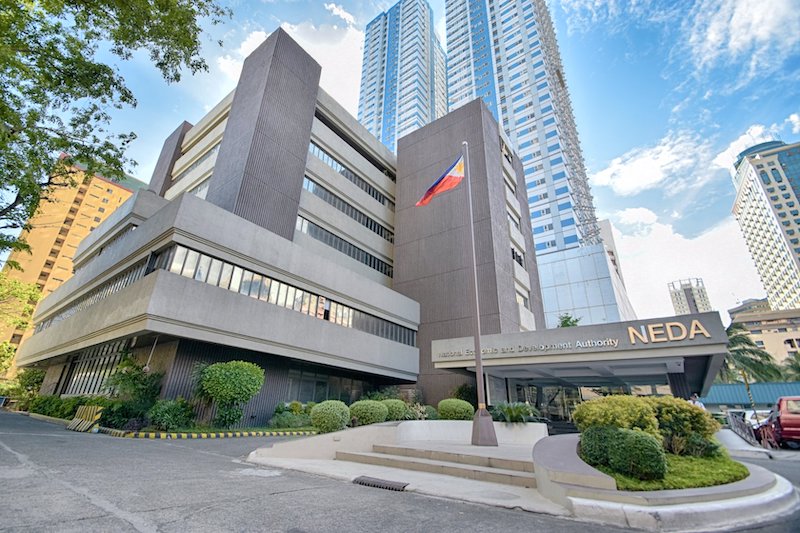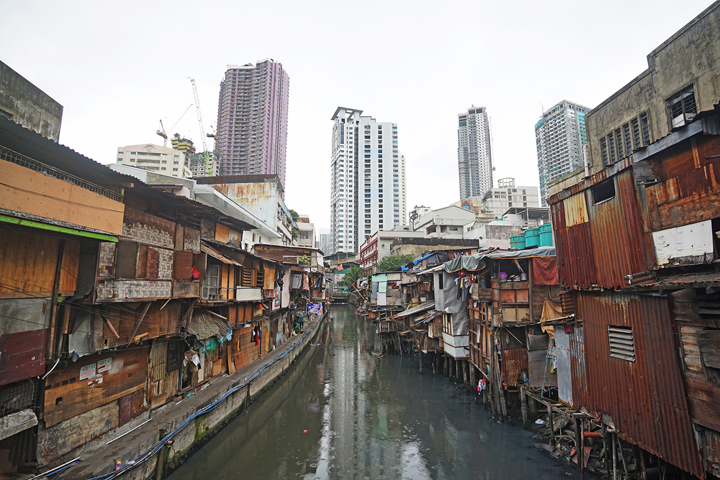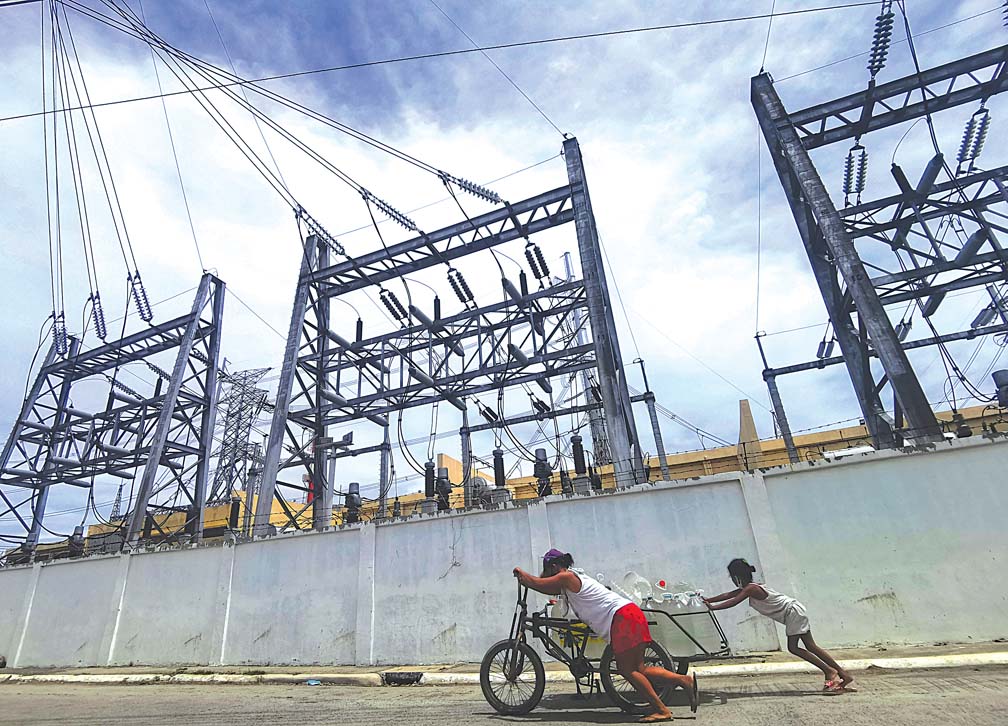THE national government is looking to fast-track the implementation of at least 33 of the flagship projects to allow the Duterte administration to complete at least half of its game-changing infrastructure projects by 2022.
After the interagency Investment Coordination Committee (ICC) Cabinet Committee (Cabcom) meeting at the Bangko Sentral ng Pilipinas (BSP) on Thursday, Socioeconomic Planning Secretary Ernesto M. Pernia told reporters the administration is working toward completing over 40 projects.
“[Some] 35 [projects] have been approved by the Neda Board and 42 in all are moving and could be finished by the end of the administration,” Pernia said.
In a separate interview, Neda Assistant Secretary for Investment Programming Jonathan L. Uy told reporters that, unlike the construction sector, the government considers projects “ongoing” even if they have not begun any civil works. Uy said projects can be considered ongoing if they have a budget; undergoing right-of-way, resettlement, and or land acquisition; and undertaking detailed engineering.
He added that once projects begin to undergo detailed engineering, it will be “easy” to fast-track their implementation.
“Once you have completed the detailed engineering, you will have a very strong handle on the project [and] from there you can craft the implementation using PERT CPM [Project Evaluation Review Technique/Critical Path Method],” Uy said.
“Yes, [we believe] all the projects will be started during the administration. What we are trying to do now is to increase the number of projects that will be completed,” he added.
The Project Monitoring Facilitation and Innovation (PMFI), composed of the Neda secretary, finance secretary, budget secretary and heads of other agencies that are part of the “Build, Build, Build” program, uses PERT-CPM.
The Neda earlier explained that the PERT-CPM can help the PMFI determine certain activities that can be done in parallel with the completion of a certain milestone in project implementation. It will help monitor the slack ,as well as the critical path of projects.
Snags in projects
Meanwhile, the ICC-Cabcom did not yet approve the construction of an international port in Zamboanga, according to Neda officials.
The P30-billion San Ramon Newport Project, proposed to be financed via public-private partnership (PPP), will be implemented by the Zamboanga City Special Economic Zone and Freeport Authority.
The Zamboanga City Special Economic Zone and Freeport Authority still needs to work with the Department of Transportation (DOTr) and the Philippine Ports Authority (PPA) since there may be a possibility of better coordination between the existing port of Zamboanga and the airport in the peninsula.
Meanwhile, Pernia expects that once the New Bohol airport is opened in the third or fourth quarter of the year, the Tagbilaran airport will be closed down.
Pernia said there is a possibility that the Tagbilaran airport will be sold by the Civil Aviation Authority of the Philippines (Caap), which will generate additional revenues for the government.
“[Tagbilaran airport has] a very short runway. It’s risky. It’s owned by Caap so I suppose they will sell it and Caap will make money and the government will make money,” Pernia said.
Supplemental support for the New Bohol Airport in Panglao was approved by the ICC-Cabcom on Thursday, as well as a project extension for the Italian Agrarian Reform Community Development Support project (IARCDSP).
The ICC-Cabcom granted around P1.2 billion in supplemental funds for the airport to account for foreign exchange movements and other project exigencies. The project cost of the New Bohol airport is now pegged at P2.5 billion from the initial estimate of P2.34 billion.
On the IARCDSP, the ICC-Cabcom approved a two-year extension and also resolved to continue the project with or without Italian support. The governments of the Philippines and Italy are currently ironing out procedural, issues on Italy’s official development assistance (ODA) support for the country.
Last year, when the government created the flagship projects, Neda Undersecretary for Investment Programming Rolando G. Tungpalan told the BusinessMirror that while funding is not a concern given the country’s fiscal health, speed is.
Undertaking Feasibility Studies takes anywhere from three to 12 months, depending on whether previous work on the project has been done.
The ICC project approval period adds another six weeks to this process, while post-approval time to undertake contracts and bidding will take time to complete. Only after projects are bidded out and contracts are awarded will the projects start contributing to the economy.
Getting loan funding approval from development partners will also take time. This will matter, considering that the bulk of the 75 flagship projects will be funded through ODA.
In April last year, the government decided to undertake as much as 75 flagship projects. The government initially wanted to just undertake 55 flagship projects, but the addition of new projects increased this number.
These are envisioned to become “catalytic” projects to help usher in the “golden age of infrastructure” in the country.































